SUMMARY
This is AI generated summarization, which may have errors. For context, always refer to the full article.
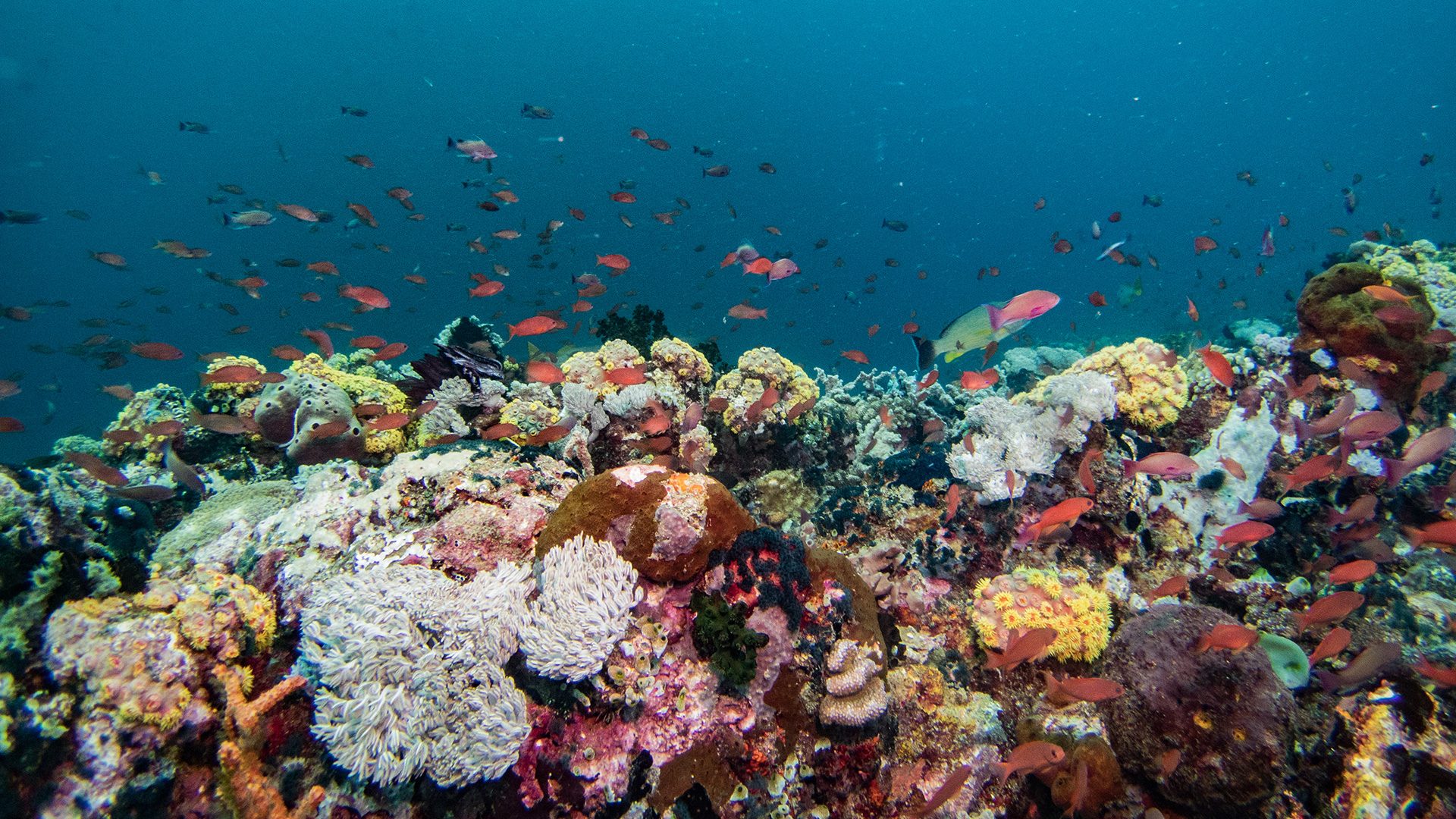
MANILA, Philippines – The Marcos administration can help prevent an oil spill from happening again in ecologically important areas such as the Verde Island Passage (VIP) by simply banning oil tankers from using these sea routes, an international environmentalist said on Wednesday, April 26.
In a webinar, Paul Horsman, a Greenpeace International campaigner, urged the Philippine government to declare the VIP as a Particularly Sensitive Sea Area (PSSA), which would compel certain classes of ships, such as oil tankers, to avoid the area.
He described the proposal as a “no-brainer” and that the requirements “are not difficult or onerous,” adding that the International Maritime Organization (IMO) already has clear guidelines on PSSAs.
Horsman said there are already 15 PSSAs around the world, including the Philippines’ Tubbataha Reefs Natural Park, a world heritage site in southern Philippines.
The VIP is a body of water between the provinces of Batangas, Mindoro island, and Marinduque. Dubbed the “Amazon of the oceans,” it is a global center of marine shorefish biodiversity.
The Philippines has been a member of the IMO since 1964. Among the IMO conventions it has adopted are rules on safety and security of shipping, as well as procedures on the prevention of marine environmental pollution.
While a proposal for a PSSA is pending with the IMO, Horsman said the government can ask shipping companies to voluntarily avoid the VIP.
He said the call to have the VIP off-limits to certain types of ships should easily get the support of the government and civil society.
The only opposition would come from shipping companies since they would have to spend more to transport cargo, he added.
Horsman said there have been several policy reforms meant to prevent oil spills from happening in ecologically sensitive areas, but they continue to happen, suggesting that having more PSSAs could be an easy answer.
On Thursday, April 27, Environment Secretary Antonia “Toni” Yulo-Loyzaga said she has had discussions with the governors of Batangas, Oriental Mindoro, and Marinduque on upgrading the VIP from a marine protected area to a legislated protected area. She said policy reforms would be proposed following this latest incident, which happened almost 17 years after the Guimaras oil spill.
Ratify int’l conventions
In the same webinar, Mark Homan, a claims manager of the International Oil Pollution Compensation Funds (IOPC), urged the Philippine government to adopt an international convention on oil spills called the Supplementary Fund Protocol that would give the Philippines access to additional money to address damage from oil pollution.
Justice Undersecretary Raul Vasquez said on Wednesday that around $800 million more would have been available for the Philippines had it ratified the Supplementary Fund convention.
Currently, only $284 million is available from the insurer of MT Princess Empress and the IOPC, he said. This is based on the Protection & Indemnity (P&I) insurance of the ship and the 1992 Fund convention to which the Philippines is a signatory. The 1992 Fund provides additional money in case the civil liability insurance is not enough.
Homan also recommended that the Philippines ratify the Wreck Removal Convention. This would have given the Philippines P&I coverage on removing MT Princess Empress, which is still 400 meters deep off Naujan, Oriental Mindoro two months after it sank. Wreck removal is a very expensive operation due to the difficulty in moving a ship weighing thousands of tons.
In the same forum, Liza Osorio, legal and policy head of Oceana Philippines, urged Congress to pass a law similar to Republic Act No. 9359 that set up a standby fund of P850 million ($15.34 million) for the oil spill in Guimaras and other relief needs back in 2006.
In order to make polluters pay, she also recommended an amendment to Republic Act No. 9483 or the Oil Pollution Compensation Act of 2007, which excludes a vessel’s charterer from liability. Only shipowners are held liable under this law passed after the Guimaras oil spill.
Bantay Oil Spill
Meanwhile, civil society groups launched on Friday, April 28 – exactly two months after the sinking of MT Princess Empress – the Bantay Oil Spill, a citizen-led initiative that will monitor developments on the oil spill and continue to demand accountability.
“As we mark the second month of this environmental disaster, the Bantay Oil Spill initiative highlights the need to amplify the voices of oil spill-impacted communities seeking justice. [Sixty] long days have passed and with no end in sight still, we aim to let the government and responsible parties know that our communities are active, aware, and united in their fight to seek accountability and action,” said Father Edwin Gariguez, lead convenor of Protect VIP and director of the Social Action Center of Calapan in Oriental Mindoro.
On its first #BantayOilSpill bulletin, the civil society groups said that satellite data from SkyTruth indicated that MT Princess Empress “did not appear to broadcast an automatic identification system (AIS) signal when the vessel sank” on February 28. SkyTruth is a nonprofit environmental watchdog that uses satellite imagery and remote sensing data to identify and monitor environmental threats.
Quoting SkyTruth, the environmental groups said the lack of an AIS signal could be a violation of the SOLAS Convention, an international maritime treaty that sets minimum safety standards in the construction, equipment, and operation of merchant ships.
“It is alarming that crucial information regarding the vessel’s tracking data was never publicized or discussed in-depth in investigations. Had the AIS signal from MT Princess Empress been complete and reliable, it would have been easier to identify the location of the sunken vessel earlier on and helped prevent worse repercussions. We wonder if the tanker’s owner, clients, and authorities who let it sail still sleep well at night knowing well that their negligence let this happen,” said Gerry Arances, executive director of the Center for Energy, Ecology, and Development and co-convenor of Protect VIP.
The BRP Hydrographer Ventura, a ship of the Philippines’ central mapping agency, NAMRIA, gave a good estimate of the ship’s location on March 5, but it was a Japanese remotely operated vehicle (ROV), the Hakuyo, that found MT Princess Empress 400 meters deep in the ocean on March 21 or three weeks after the sinking. It continues to lie there with its black oil cargo still leaking.
“Victims of the oil spill should not become mere statistics – these communities have lost so much already and stand to lose more as the oil spill remains unaddressed. We urge the government to push for further investigation and hold accountable those answerable to this disaster. The Bantay Oil Spill stands as a reminder to the government and responsible parties of our people’s right to a healthy environment, and that affected peoples deserve no less than the highest standards for accountability and transparency,” Oceana’s Osorio said.
DOJ’s Vasquez told TV5 on Friday that credit should be given to the shipowner, RDC Reield Marine Services, for continuing to be involved in cleaning up areas affected by the oil spill. The company has said that it has been engaging the services of experts and working with its insurers and the Philippine Coast Guard in the cleanup. It continues to post images of the cleanup on its website.
MT Princess Empress left the private port SL Harbor Terminal early morning on February 28 with around 800,000 liters of industrial fuel oil. It had engine trouble, encountered strong winds and rough seas, and sank off Naujan, Oriental Mindoro, later that day.
It spilled most of the black oil it was carrying in the succeeding weeks, destroying coral reefs, mangroves, and seagrasses, which the Department of Environment and Natural Resources has estimated to be worth around P7 billion ($126.30 million). Production losses from the fishing bans have amounted to P3.8 billion ($68.58 million) as of April 28. – Rappler.com
$1 = P55.41
Add a comment
How does this make you feel?
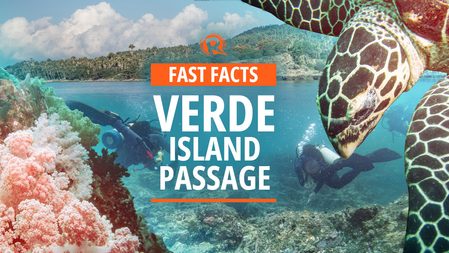














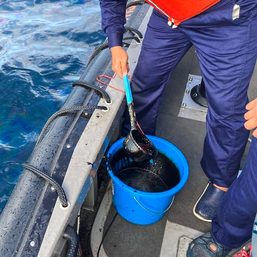





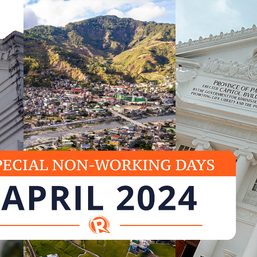
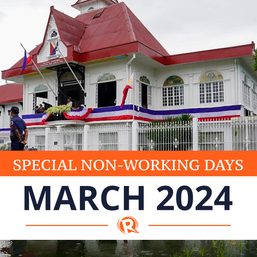
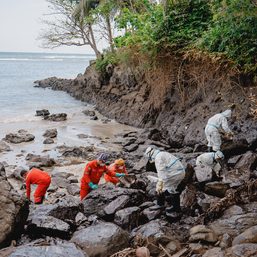
There are no comments yet. Add your comment to start the conversation.